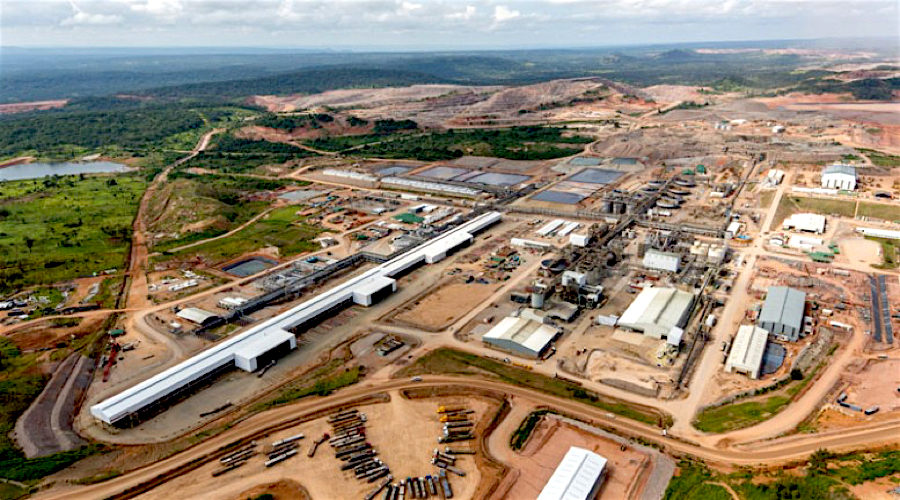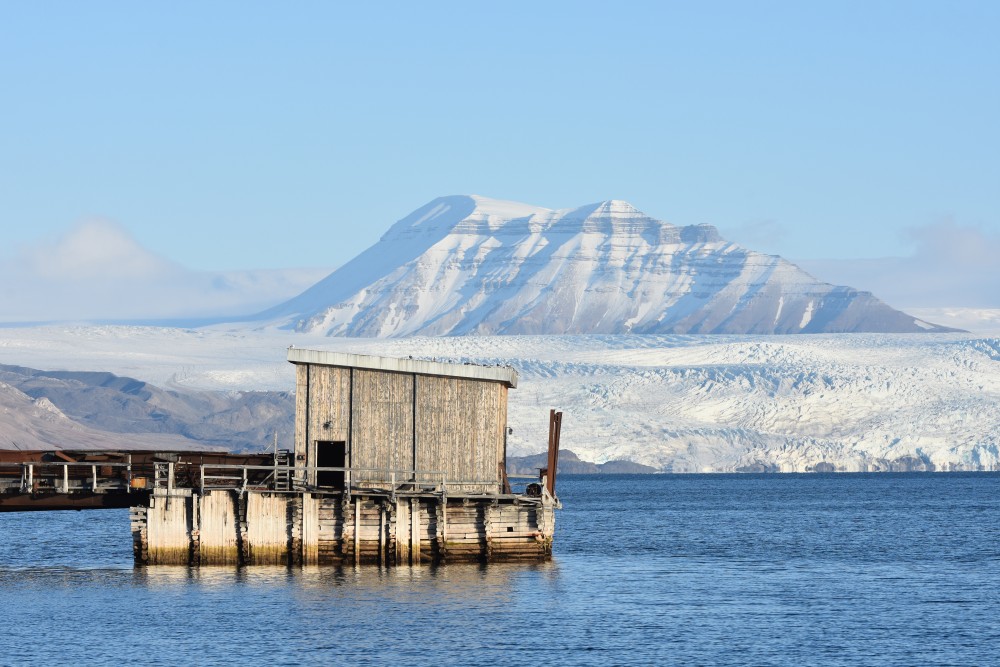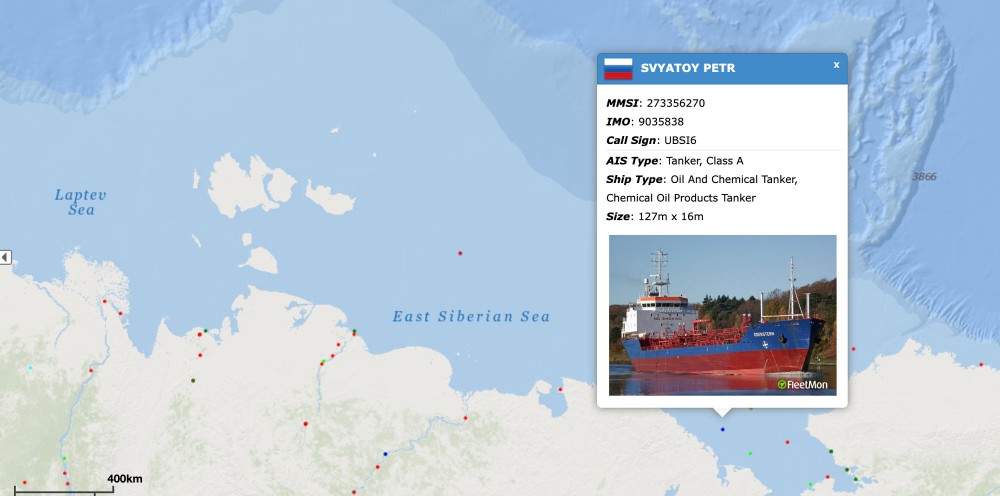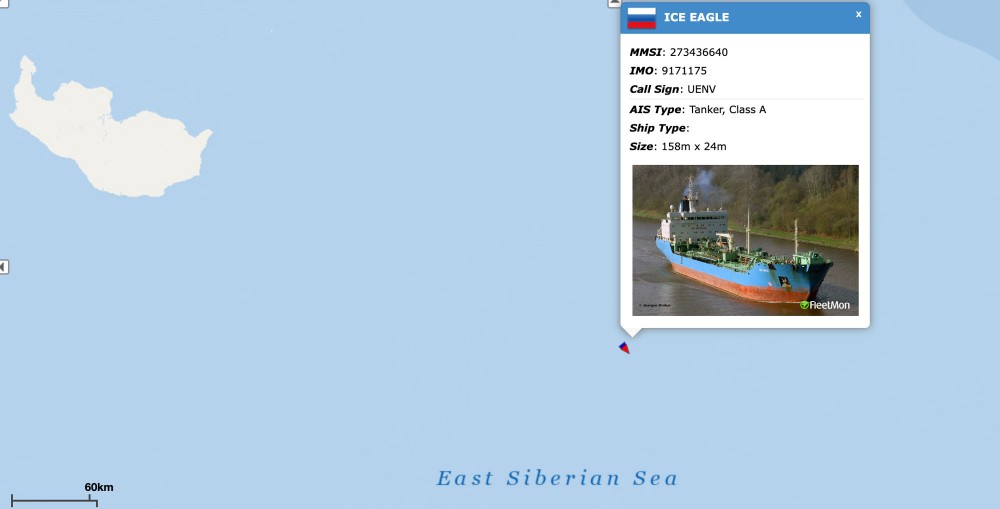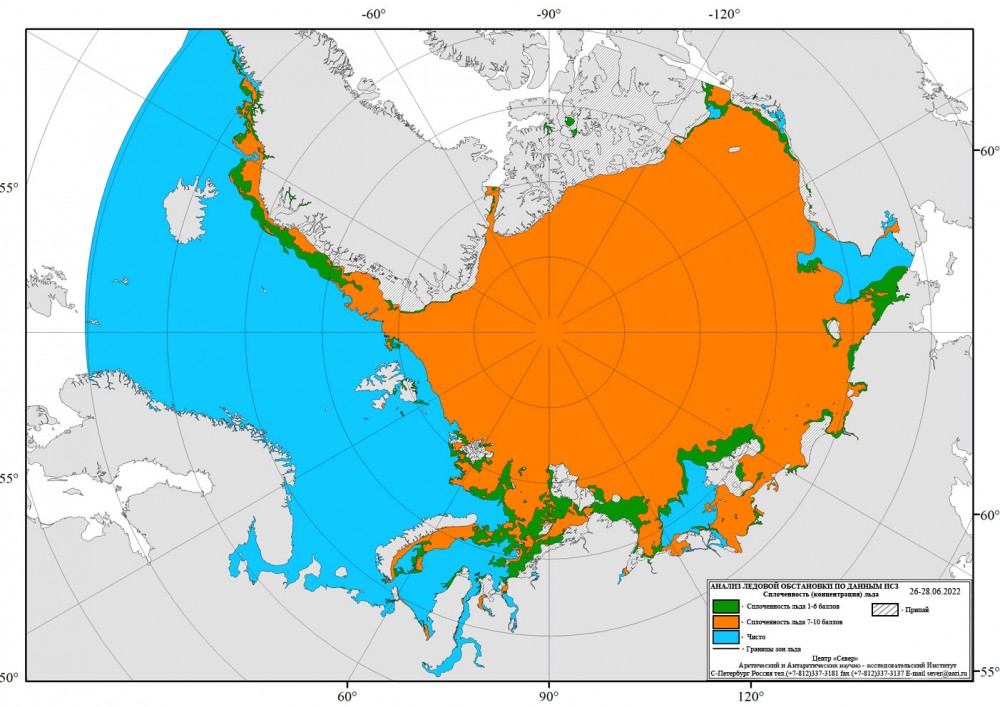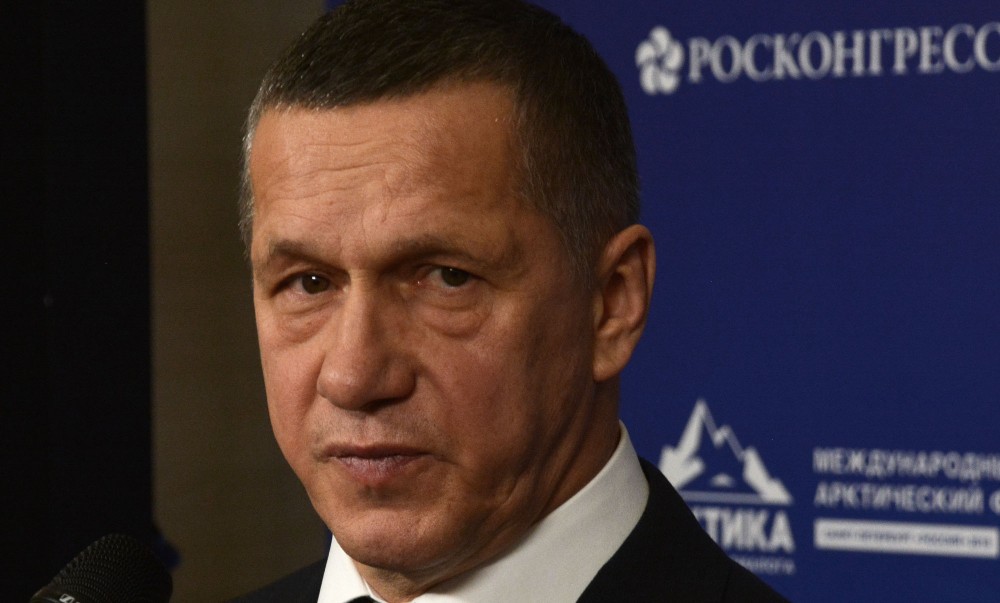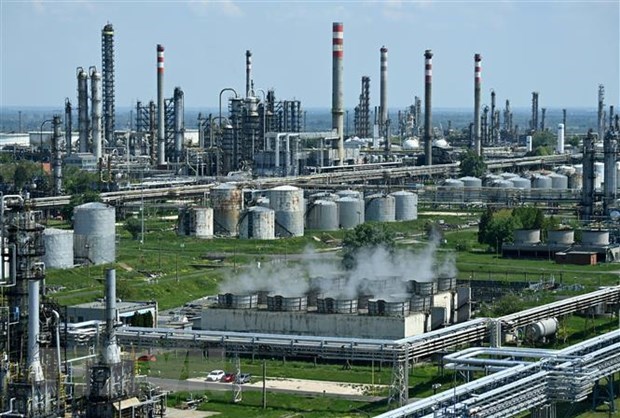Somalia: Severe Malnutrition Among Children Soars 300% Since January
Sunday, 10 July 2022, 6:01 pm
Press Release: Save The ChildrenThe number of children in Somalia receiving treatment for the most dangerous form of malnutrition surged 300% in the first six months of 2022 as the worst drought in years tightened its grip on the country, Save the Children said today.
In June, doctors at a healthcare facility for children in Baidoa, southwest Somalia, run by Save the Children, treated a record 471 children suffering from severe acute malnutrition with other medical complications - four times more patients than in January.
Doctors said they were witnessing first-hand how a changing climate is fuelling a catastrophic hunger crisis. Dr. Farhiyo Mohamud Abdirahman has treated malnourished children at Save the Children’s stabilisation centre in Baidoa for more than two years and now works overtime regularly to cope with the increase in the number of patients.
"We’re facing a lot of new challenges compared to even two to three months ago. We don’t have enough beds, there are not enough rooms, and staff are working overtime," said Dr. Farhiyo Mohamud Abdirahman. "We are being pushed to our limits."
Four consecutive rainy seasons have failed in the Horn of Africa with forecasts for a fifth poor rainy season later this year, with the crisis compounded by rising food prices due to the war in Ukraine and the economic fallout of the COVID-19 pandemic. At least 18.5 million people in Somalia, Ethiopia and Kenya have been affected by the drought, which began in October 2020 .
With no end in sight of the devastating drought, Somalia is now on the brink of famine, raising fears of a repeat of a 2011 famine which killed 260,000 people, about half of whom were children aged under five.
In the first half of 2022, Dr. Farhiyo Mohamud Abdirahman and her team treated 1,435 children for severe acute malnutrition, about 25% more patients than the whole of 2021. The health centre recently had to install two medical tents in its courtyard to accommodate the surge in demand for malnutrition treatment.
As drought continues to devastate large swathes of the country, the number of children dying from malnutrition is also skyrocketing. The stabilisation centre recorded 18 deaths in June, more than double the number from May and the highest figure at any other point in the past 12 months. Nearly 90% more children died from malnutrition at the centre in the first six months of 2022 than in the same period last year.
Somalia is facing one of the most severe emergencies in the worst global hunger crisis this century with action needed urgently to prevent a repeat of the 2011 catastrophe. However, only [Somalia%20Humanitarian%20Response%20Plan%202022%20|%20Financial%20Tracking%20Service%20(unocha.org)]30% of a UN appeal for US$1.5 billion to combat the crisis in Somalia has been funded.
Save the Children's Country Director for Somalia, Mohamud Mohamed Hassan said:
"We live in a world where we know how to prevent extreme hunger, yet hundreds of thousands of people still die from lack of food. Today, allowing hunger around the world is a political choice.
"For millions of children in Somalia and the Horn of Africa, time is running out. We’ve already seen the deadly consequences this drought is having on children. We cannot wait any longer to act. In some of the worst affected areas in Somalia, our health clinics are seeing four times as many children suffering from severe malnutrition compared to just six months ago and death rates are soaring."
Early international intervention during a severe drought in 2017 averted a repeat of the 2011 catastrophe. Humanitarian agencies are warning that without urgently needed funds now and lasting action to tackle climate change and its impacts, this year’s drought in Somalia could be even more devastating that the famine a decade ago. The last famine to be officially declared globally was in some areas of South Sudan in 2017.
At least 1.5 million children under five are acutely malnourished across Somalia, with more than 385,000 children at risk of dying without immediate care.
"When I first started working here, there were very few cases of severe malnutrition. Now, every day, severely malnourished children come to the clinic. And, they have more complications and more diseases than before," Dr. Farhiyo Mohamud Abdirahman continued.
Malnourished children are more susceptible to infections and other diseases, such as measles, pneumonia and cholera, putting their health at even greater risk.
Casho-, 33, lost two of her children to measles this year and the majority of her livestock have died during the drought. She explained that her family decided to relocate to a displacement camp in Baidoa in hopes of finding life-saving aid. She walked with her seven children for two consecutive days to reach the camp at Baidoa, leaving behind their home and once prosperous farm.
"The drought has affected us badly, especially children who suffered from diseases like measles. We used to rear animals and grow crops, but our animals died, and crops failed. Our children are sick. We are also sick. We are all suffering from hunger, young and old," said Casho.
With the majority of Somalia facing severe drought, displacement and poverty have become widespread throughout the country. Hundreds of thousands of people like Casho have been forced to flee their homes in search of food, clean water and medical care. However, hunger is still a daily reality in displacement camps.
"We did not eat last night or the night before. We have nothing. That is our situation," said Ali-, 15, who arrived at a displacement camp in Baidoa with his family in June. "We beg from the market for some maize or some money, and sometimes we return home with nothing and sleep on an empty stomach. Our farms are dry and we are starving. Our main problem is hunger."
Save the Children is working to help affected communities in Somalia cope with the immediate humanitarian effects of drought. The aid agency is providing emergency water supplies, treating malnourished children, supporting education systems so that children do not miss vital learning while displaced by drought, running health facilities, and providing cash and livelihood support to the most vulnerable.
© Scoop Media
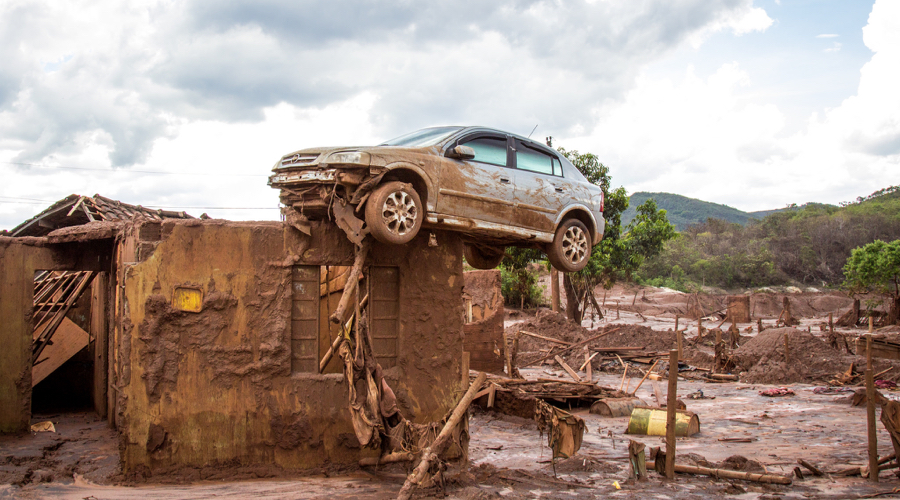

.jpg)
